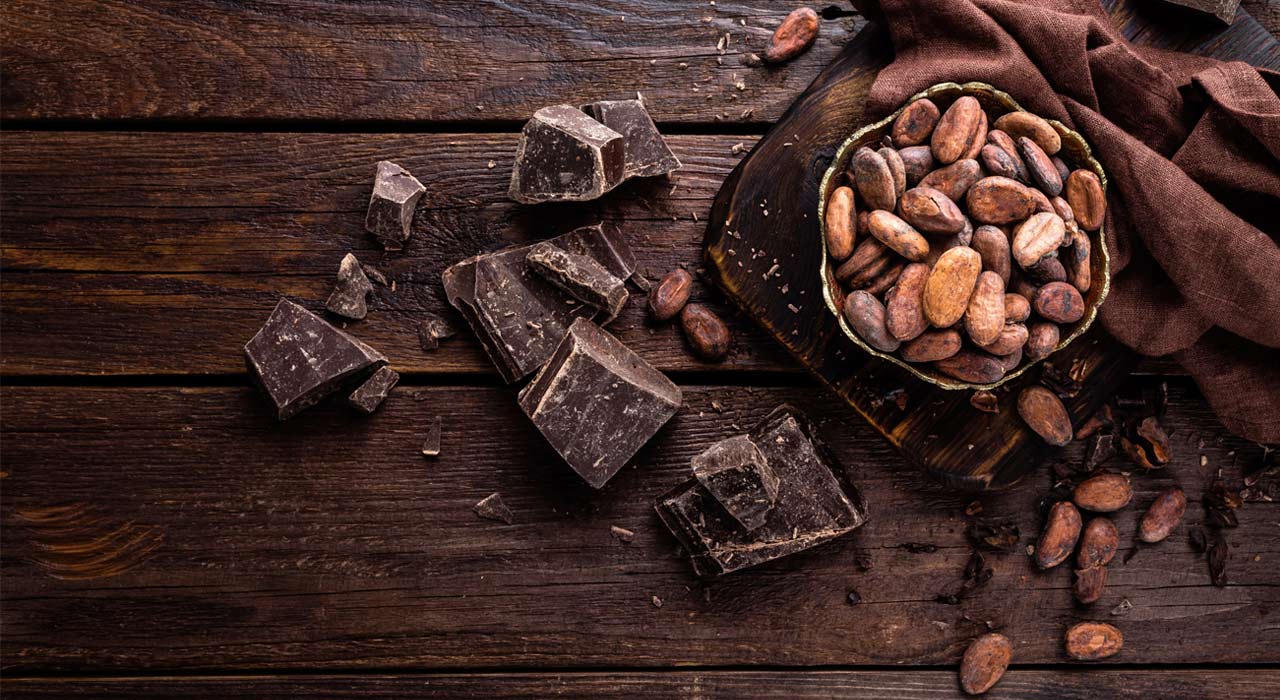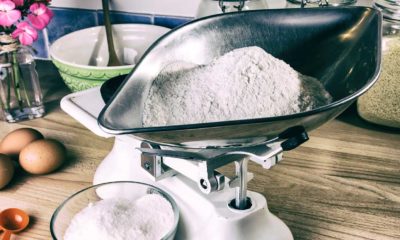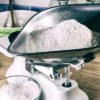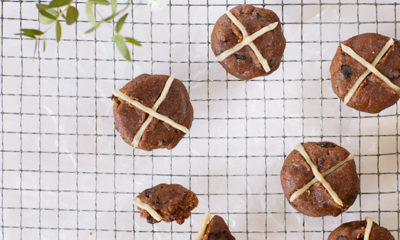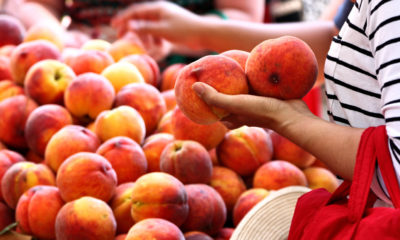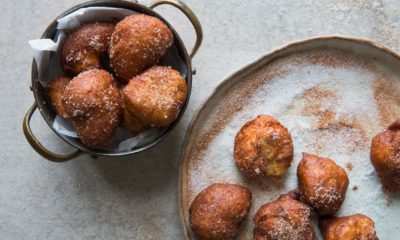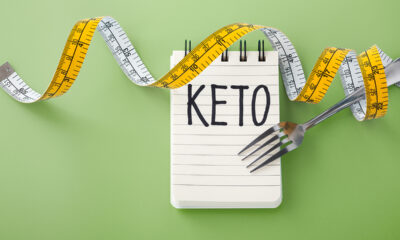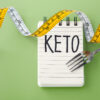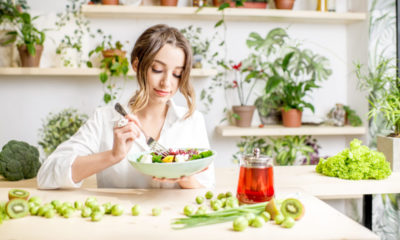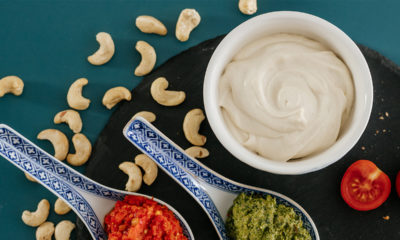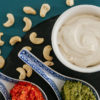Nutrition
Why We Should All Eat More Raw Chocolate
Seeing the word ‘raw’ before chocolate may have you wrinkling up your nose in disgust.
However, not only is the treat surprisingly tasty but it’s also bursting with nutritional benefits.
Here’s why we should tear ourselves away from that bar of Hershey’s and start munching on its raw and healthier cousin.
What are the benefits of raw chocolate?
It’s rich in magnesium – which supports energy, muscle relaxation and bone strength – and is a good source of other minerals such as iron and potassium.
“Cacao also contains a small amount of caffeine, as well as a compound called theobromine, which has a mild stimulating and energizing effect,” explains nutritionist Cassandra Barns. “Therefore having a few pieces of raw chocolate can be a great afternoon pick-me-up without the over-stimulation and jittery feeling you can get from coffee.”
The flavanols in raw chocolate have a whole host of functions, too, Barns declares. They could help protect or even improve our cognitive abilities such as memory and learning ability as we get older.
Meanwhile, the flavanols’ anti-inflammatory activity may help to regulate our immunity and support our joints.
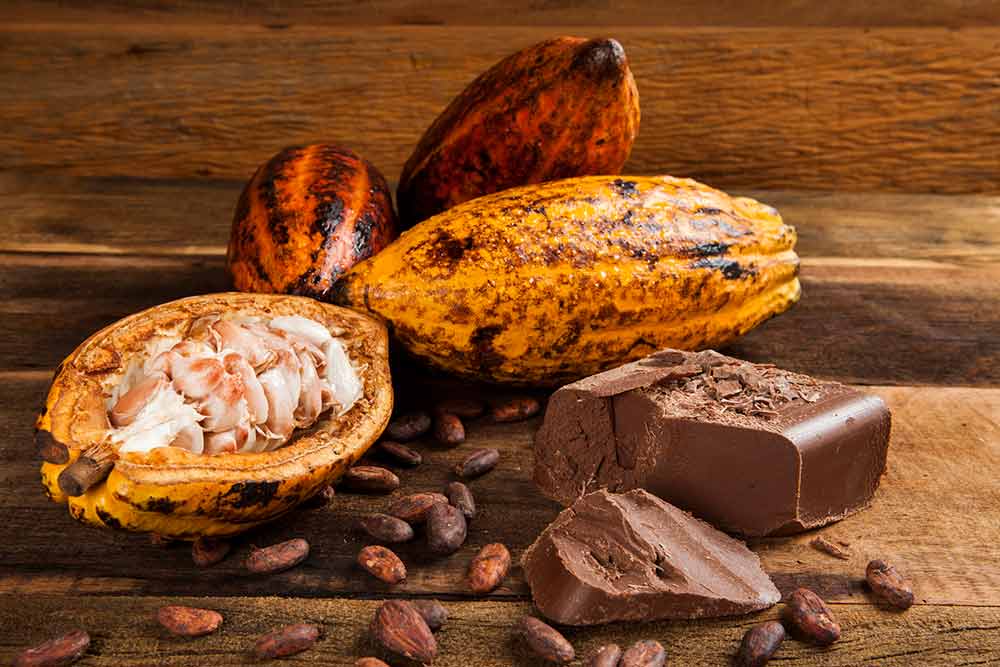
Meg Haggar, founder of raw chocolate start-up company Raw Halo, is, unsurprisingly, a big fan of the chocolate and its benefits.
“We think it tastes better,” she tells TRAIN for HER. “But other than the taste, it’s what raw chocolate stands for: more natural goodness, no cane sugar, and all-organic.
“Raw chocolate is often made by smaller companies who really care about what goes into the end product, rather than the huge companies driven purely by profit – which often means low-quality ingredients and low percentages of cacao.”
How is raw chocolate produced differently to traditional chocolate?
Raw cacao powder is made by cold-pressing unroasted cocoa beans from the cacao tree. This process retains the living enzymes while removing the fat, thus preserving its nutritional value.
Chocolate, meanwhile, comes from raw cacao that has been roasted at high temperatures to become cocoa powder.
Roasting alters the molecular structure of the cocoa bean thereby reducing the enzyme content and making it much less nutritional. Highly processed sugars and dairy products are also added as it continues its journey to our supermarket shelves, negating any health benefits.
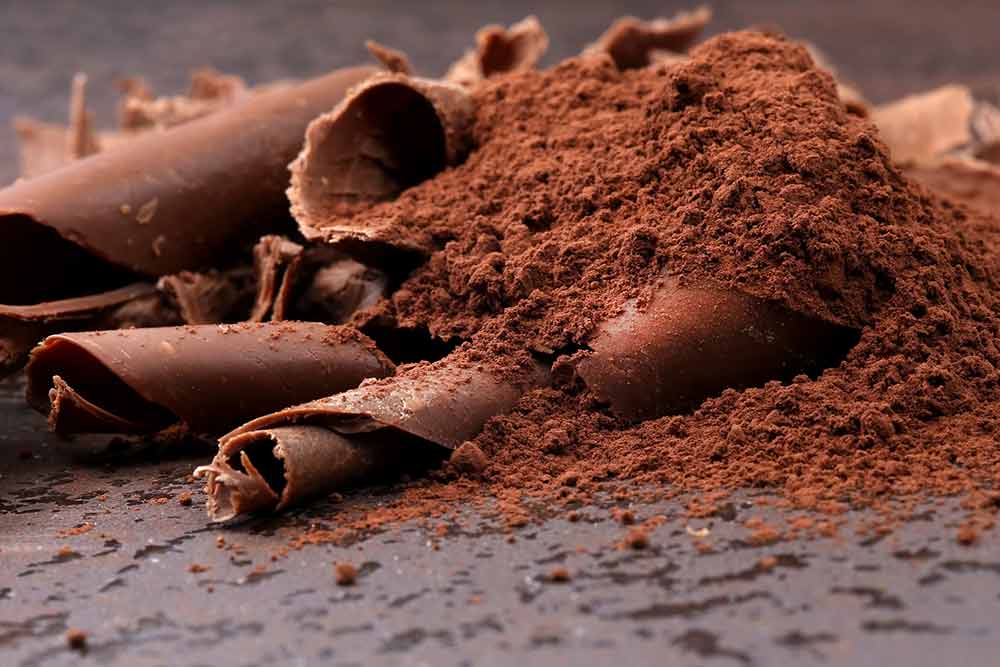
How do you make raw chocolate for consumers?
Haggar turned to raw chocolate after giving up refined sugar and dairy. “I decided to begin making my own chocolate at home, and, after a lot of experimentation (and failed batches) I hit success with my recipes,” she elucidates.
Raw Halo combines superfoods with rich Peruvian cacao to create six ‘Mylk’ and six Dark healthy twists on your favorite chocolate combinations.
The fruity cacao is ethically sourced and fairly traded from small farms in Peru. This cacao is renowned for making the very best chocolate and is free from any bitter aftertaste, so only a small amount of coconut sugar or organic lucuma powder needs to be added.
Coconut sugar is naturally sweet and contains 17 amino acids. Fellow natural sweetener lucuma is an exotic fruit which originates from the Andean coastal valleys of Peru, it’s a good source of beta-carotene and contains many other vitamins and minerals such as niacin, iron, calcium, phosphorus, B vitamins and fiber.
– RELATED: How Important Is Reducing Your Sugar Intake? –
Why should we make the switch from traditional chocolate?
“We’re big believers in ‘natural is best,’” says Haggar. “Most of the traditional chocolate you’ll find in stores contains highly roasted cacao, processed ingredients, large amounts of cane sugar, preservatives, E numbers and flavorings – which sound better placed in a lab rather than in your food.
“Raw chocolate, and in particular Raw Halo, contains minimally processed cacao, no refined sugar and 100% natural and organic ingredients.
“If you’re looking for an afternoon cacao hit, then raw chocolate is the snack to reach for. Our dark flavors contain, on average, 76% cacao content, and our mylk bars contains 57%.”
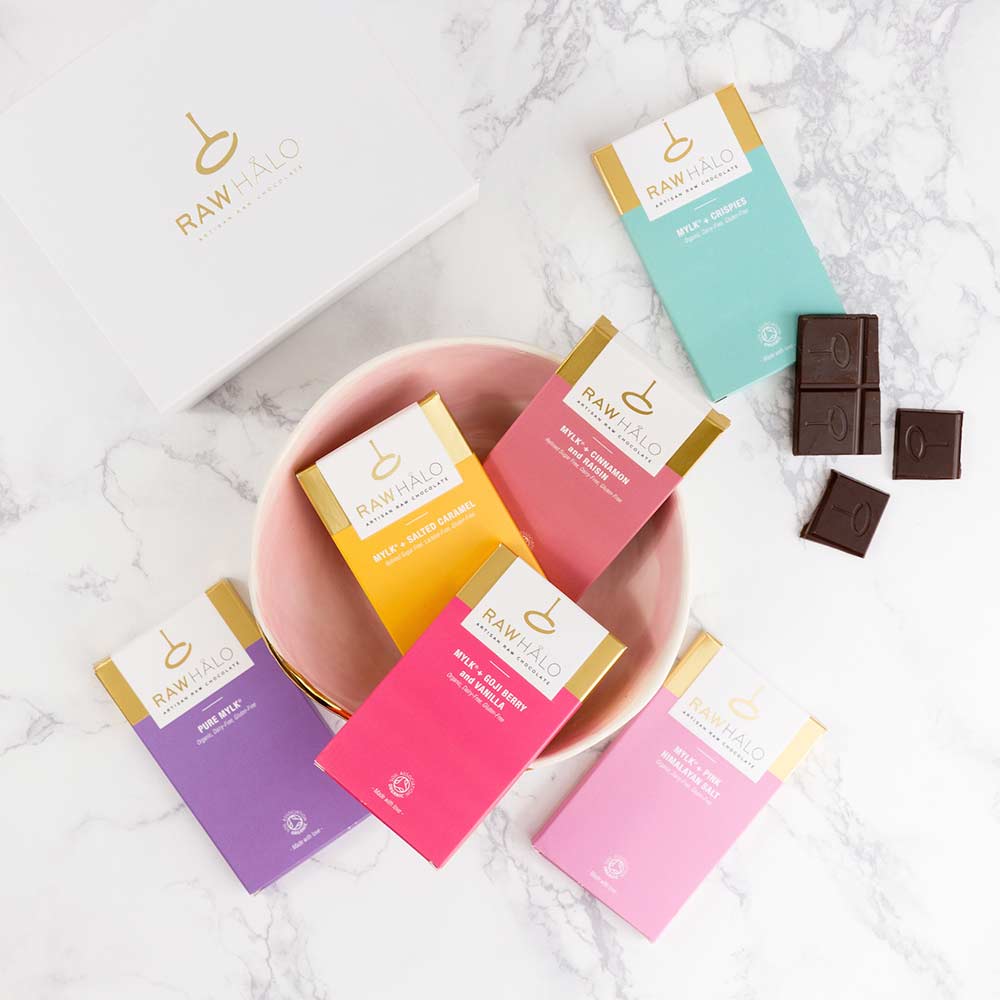
Is raw chocolate as useful in the kitchen as traditional chocolate?
“Raw chocolate is perfect for adding to recipes and sweet treats,” states Haggar. “We love to add chunks of Raw Halo to raw desserts such as cacao mousse and in our porridge bowls.
“It melts just the same, and Raw Halo certainly has the same snap and shine as traditional chocolate. That means it stores nicely, has a long shelf life and can be carried around in your bag for the day without turning into a melty mess.
How often should we eat raw chocolate?
A group of true chocoholics, the Raw halo team eat raw chocolate every day although that’s not to say they don’t watch their macros. “We recommend you enjoy raw chocolate as part of a varied and balanced diet – too much of anything is never a good thing,” warns Haggar.
“We find just a small amount of raw chocolate hits our chocolate cravings, due to the high levels of cacao.
In short, just because it has a ‘raw’ label it doesn’t mean you can stuff yourself silly. “Raw chocolate still contains sweetener – in Raw Halo we use coconut sugar,” says Haggar. “Although this has a lower GI than cane sugar, it still needs to be enjoyed in moderation.”
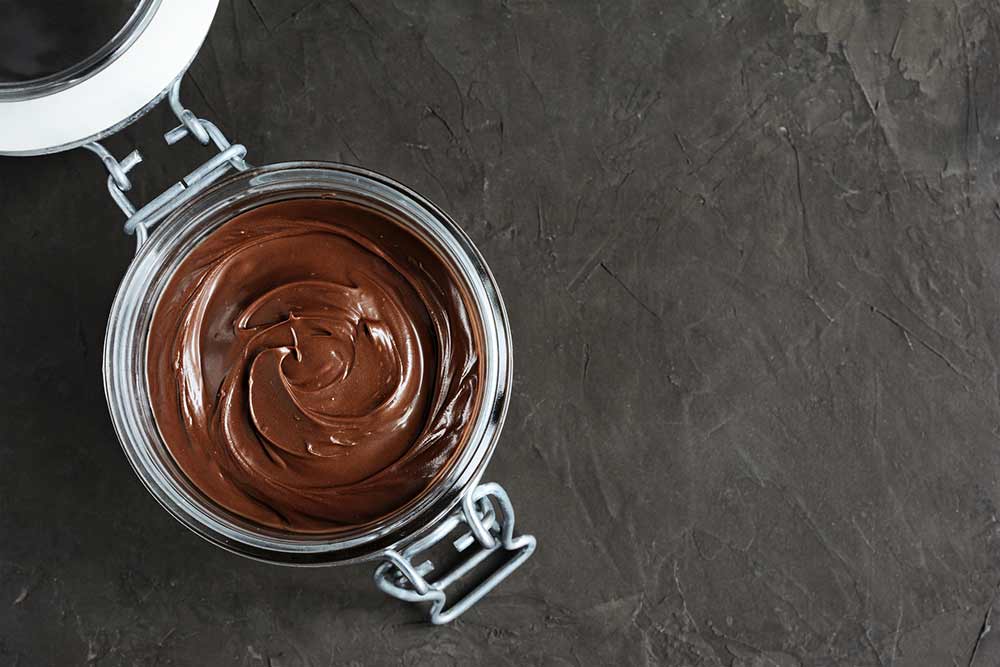
What’s the future of raw chocolate?
No matter what you think, it seems raw chocolate is apparently here to stay. “Fifteen years ago, people might have thought organic was just a fad,” says Haggar. “Consumer habits are changing, though, and we’re all that little more conscious about what we’re eating and what’s in our food.
“Raw chocolate is more than just chocolate utilizing raw cacao, it’s a movement in the chocolate industry that promotes healthier and better-for-you food.
There’s also currently a huge wave of innovation in raw chocolate. “Along with Raw Halo, some of the other brands are experimenting with new flavors, filled raw chocolate, raw truffles – you’ll even find ice creams dipped in raw chocolate,” Haggar enthuses.
“As more and more consumers switch to healthier treats, we see the raw chocolate industry growing at an even faster rate.”
You can find Raw Halo online at rawhalo.com, Whole Foods Market, Planet Organic, Booths supermarkets, Revital, as well as lots of independent stores.
For more nutritional advice, sign up for the TRAIN for HER newsletter today!


